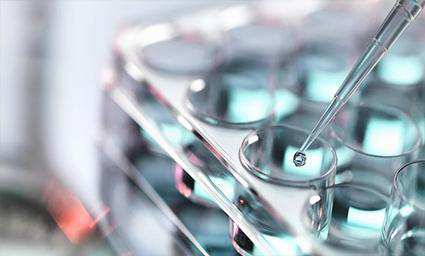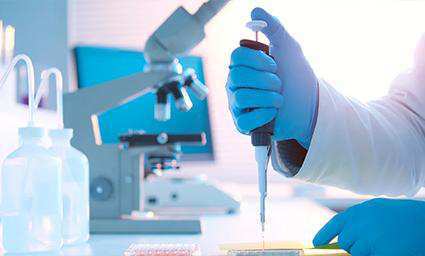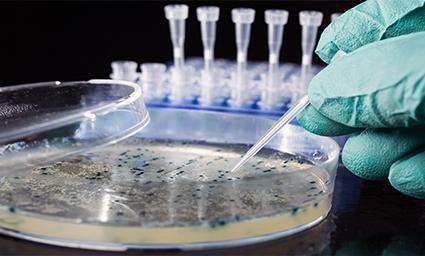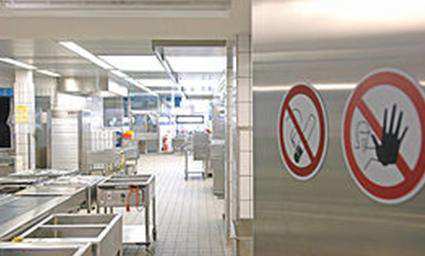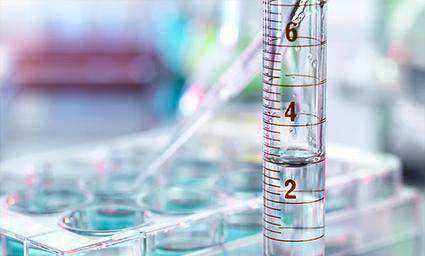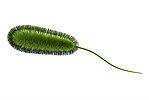





Defon provides disinfection services relating to the use of specialised chemical methods that lead to the destruction of pathogens or the prevention of their growth. As a result, the reduction of the pathogen load in the treated area is achieved and thus the risk of disease transmission is also reduced.
The disinfectants used by the company contain highly effective antimicrobial agents which are applied to targeted objects, surfaces and also in large spaces. The manner of application usually involves sprays and mists according to the specific needs.
All sectors that Defon services can benefit from disinfection.
In Greece the term disinfection is often wrongly confused with pest control.
Pathogens enter the human body via:
- Skin contact (especially when there are cuts) and mucus membrane contact (usually carried there by hands).
- Inhalation of airborne microbes.
- Consumption of contaminated food or water.
When disinfection must be carried out…
- After cleaning which is very important for its effectiveness.
- When there is a need for minimum possible microbial load.
- Where absence of sanitation is observed and the likelihood of heavy microbial load is high.
- When there is suspicion or verification of pest presence (especially after pest control is carried out).
- When an odour problem is caused by the activity of certain microbes, e.g.:
- bacteria that grew in decaying organic matter and contaminated the area (disinfection targets bacteria and stops the problem).
Pests and the importance of disinfection:
Pests with public health significance are very often, major carriers of pathogens and may transfer them to anything they come in contact with. From the start of contamination and if the conditions allow, microbes will remain there regardless of the presence of their carriers. Their extremely small size renders them invisible to humans making their avoidance difficult.
Pathogens carried by humans and the importance of disinfection:
Infections are transmitted through droplets in the air from a cough or sneeze. Viral particles may remain viable for hours to days on surfaces made from a variety of materials.
Following the latest Coronavirus (SARS-CoV-2) COVID-19 disease outbreak but also other infectious and communicable diseases such as the one that results from the H1N1 flu virus (swine flu), awareness has increased on better hygiene practices. These include but are not restricted to:
- Washing hands with soap and water or using an alcoholic antiseptic accordingly whether the hands are visibly soiled or not.
- Cleaning and disinfecting frequently touched surfaces and objects.
Scientifically based, preventative actions and an immediate and thorough disinfection treatment following an incident, without panic are vital.
